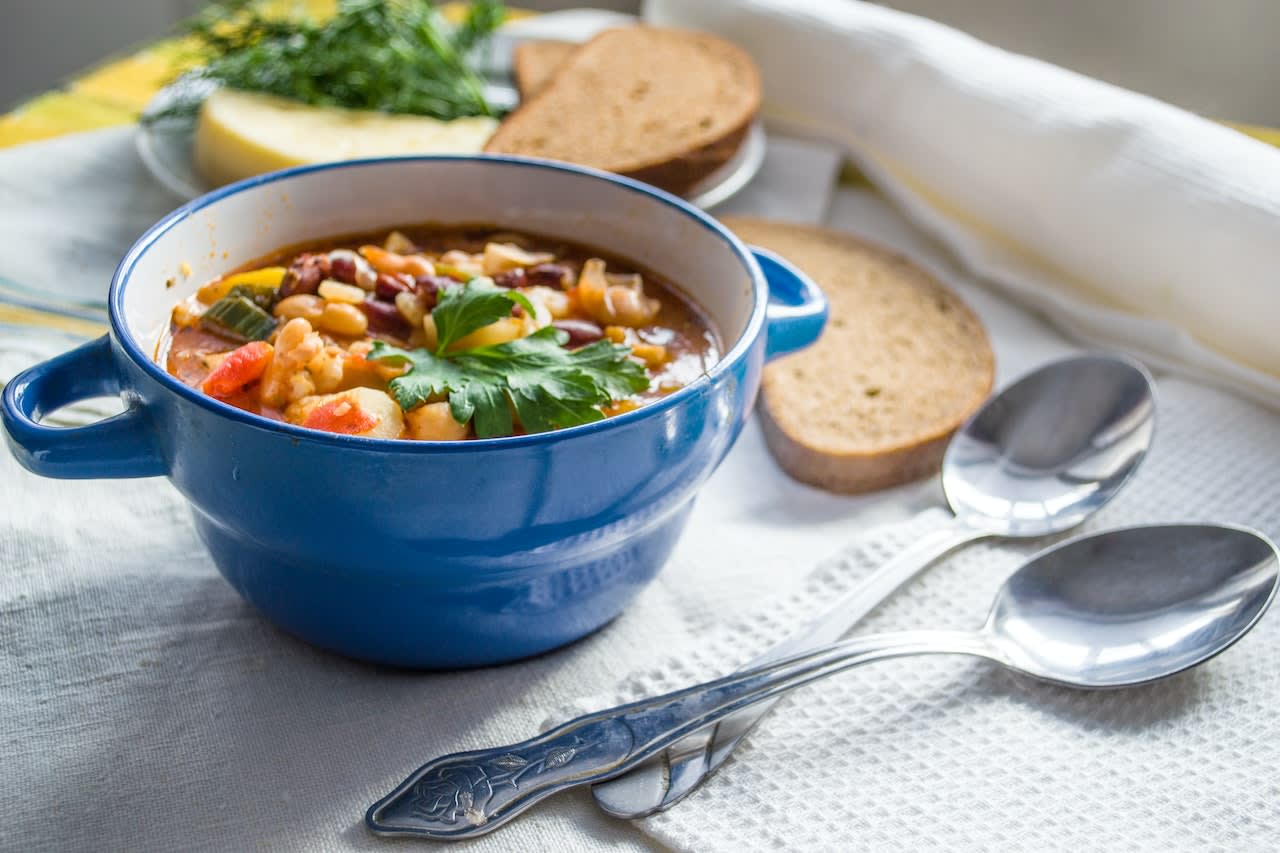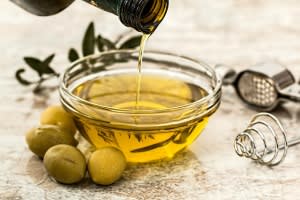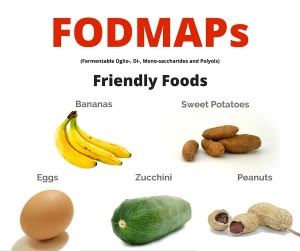Cooking healthy during February, Heart Month
Published: February 27, 2015l
By Lisa Zarny, MS, RD, CD-N, Clinical Nutrition Manager
February is Heart Month, a time to reassess our heart health and make choices to keep ourselves healthy and fit. One way to improve our health is to decrease our intake of sodium, or salt. Excess sodium in our diet is linked to high blood pressure (hypertension), cardiovascular diseases, such as heart attack and stroke, to name a few.
The American Heart Association (AHA) recommends consuming no more than 1,500 milligrams of sodium per day. The average American diet contains more than 3,400 milligrams of sodium daily. The human body needs less than 500 milligrams of sodium per day!
Many foods contain sodium naturally, such as dairy products. In addition, many foods have added sodium, either during the processing of the food or during preparation. Deli meats, such as corned beef, bologna and pastrami, have added sodium during the curing process. Other foods, such as baked goods, pizza, sandwiches, canned soups, have salt added during the cooking process.
So how do we choose foods low in sodium? It is important to read product labels in the supermarket. Choose foods that are “sodium free or salt free”. Also, a food labeled low sodium, will contain no more than 140 milligrams of sodium per serving.
Finally, use fresh or dried herbs and spices as an alternative to salt. The following is a listing of spices that will enhance the flavor of foods, without the use of salt:
- Basil
- Ginger
- Black Pepper
- Garlic Powder
- Cayenne Pepper
- Nutmeg
- Cinnamon
- Onion Powder
- Coriander
- Oregano
- Curry Powder
- Parsley
- Dill
- Tarragon
- Thyme
Making small changes in your diet and meal planning can help with decreasing your sodium intake and help to improve your overall heart health. Why not start today?
Featured Expert/ Author











































